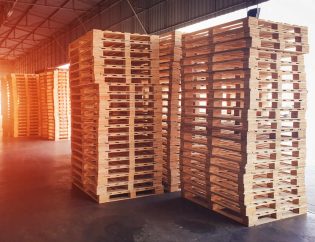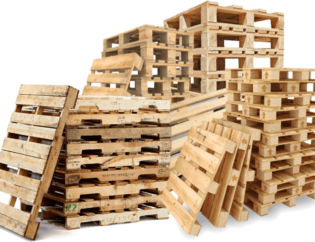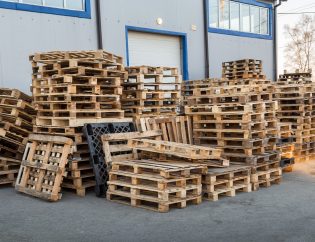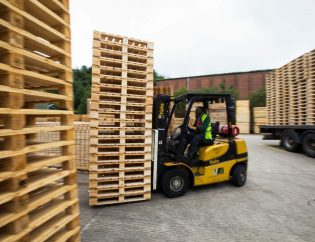
Article Originally Published on palletenterprise.com
Canadian lumber broker discusses key drivers and strategies to consider in the current lumber crunch. René Harpin is the owner of SPEC Wood, a lumber brokerage based in Quebec City, Canada. He shares his insight into today’s volatile lumber market.
Pallet Enterprise: How would you describe the current low-grade lumber market right now in North America? What are the drivers for recent price spikes?
Harpin: Since COVID, a lot of people are doing home improvements. They’re putting up fences; they’re building additions, renovating. COVID also has caused a labor shortage; people are sick; people are taking care of family members. So, lumber production is down. Demand for housing, big condos and single-family homes is up. It’s a perfect storm. Everything is in place to get us where we are now: a lumber shortage. It’s going to be here for probably quite a while, I would say one to two years.
In Canada, if you compare lumber production with 2005, when the market peaked, we are producing 33% less lumber compared to then. In the U.S. lumber production has increased by about 10%, mainly in the South. The West Coast has lowered production.
Pallet Enterprise: What should pallet companies look for right now in a cut stock supplier?
Harpin: Demand for cut stock is very, very strong. If you have a limited number of workers, it only takes three men to run an automated nailing machine like a Viking. It takes five or six men to cut what three men can nail. You can nail more pallets (with cut stock) than if you’re cutting the material first. If you have to choose where to put workers, a cutting line or a nailing machine, it’s more efficient to put them running a nailing machine and buy precut lumber. Cut stock keeps you going during a labor shortage.
Pallet manufacturers want fresh material, good-quality cut stock that is easily nailed by machine. They want just-in-time delivery. They want their cut stock to arrive when they need it.
Pricing on cut stock is the last thing that is important. When you need lumber, price is not the issue.
Pallet Enterprise: Why is the pallet industry a great place to work?
Harpin: We started 20 years ago. I love the relationships we’ve built in the industry. I understand what my customers need. I know we have a future, and we can make a difference in the pallet industry. There are many family-owned businesses in the pallet and lumber industries, and we can help them be profitable.
The pallet industry has been very good to my family. My son joined my business seven years ago. I see a future for him. If I didn’t see a future for him, I wouldn’t have brought him into the business.
Pallet Enterprise: What is one thing that pallet users/buyers need to know that they are missing about the current market?
Harpin: There are three things: pricing, relationship and cash flow. When it comes to pricing, I think pallet manufacturers have to pass on the increase in lumber costs just like truckers pass on a fuel surcharge on each load they deliver. A lumber surcharge has to be passed onto the pallet end users. It’s a fact of the day. It’s important not to be afraid to raise prices.
The second thing, relationships with suppliers over the years now are paying off. If you’ve done a good job for them and built that relationship, it’s payoff time.
Third, cash flow is important. With invoices for lumber doubling, mills, brokers and suppliers need to choose where to send their lumber. Are customers going to pay in 30 days, 60 or 90? Relationships with suppliers are important, and paying suppliers quickly. That’s going to be a key to getting lumber or pallets in this competitive market.
Full Article: palletenterprise.com










